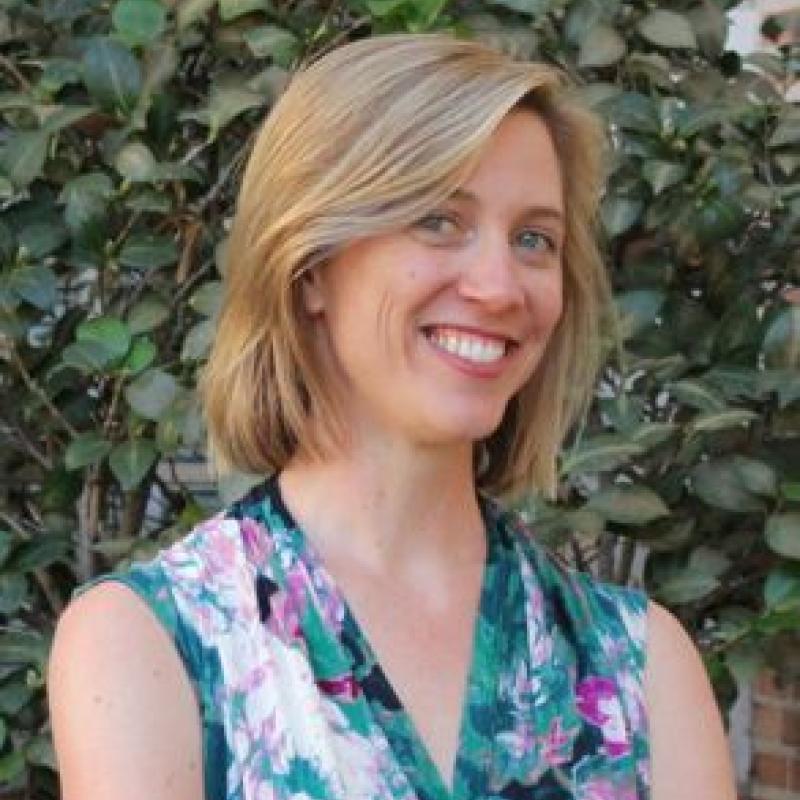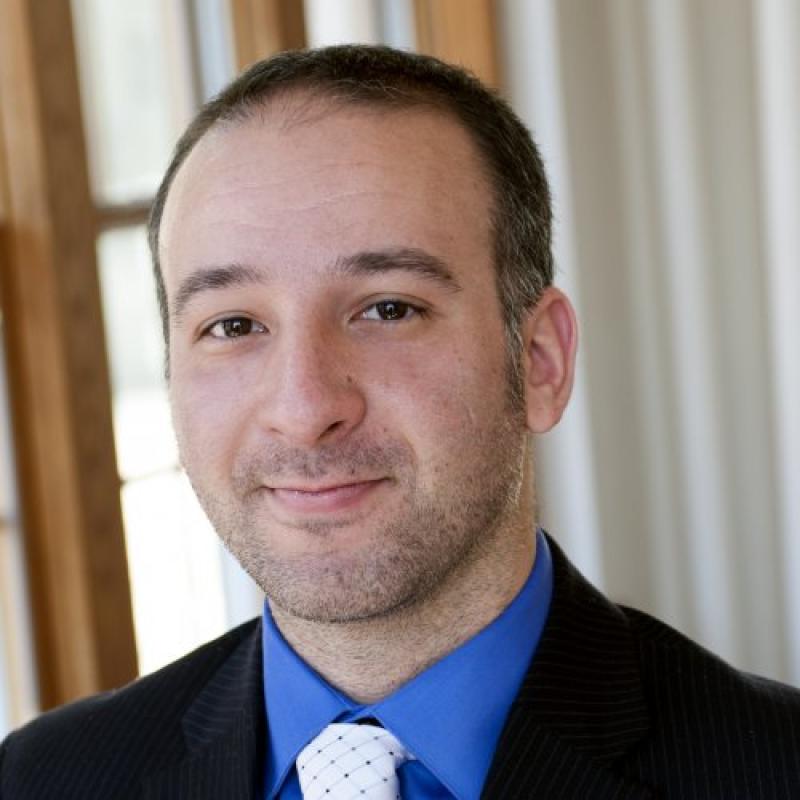“The challenge for news readers was to sort through the morass of true and false news that surrounded them.”
--Lindsay O’Neill; from “Early Modern Friend Requests,” a 2016 USC Dornsife podcast
“[Bots] can sometimes be harmful, for example when they contribute to the spread of unverified information or rumors.”
--Emilio Ferrara; from “The Rise of Social Bots,” in Communications of the ACM, 2016
Two quotes, from two scholars, writing on a similar topic three centuries apart. That is, the concern about the dissemination of [mis]information and influence through social media networks. Professor Emilio Ferrara’s research focuses on social networking of 21st century bots and their powerful role in news, financial, and political influencing. “Social bots,” writes Ferrara, “have been used to infiltrate political discourse, manipulate the stock market,…and spread misinformation.” Professor Lindsay O’Neill looks at much the same in 18th century social networks of letter writing that served as both a solution to the problem of suspect information and a purveyor of it. When explored together, an unexpected intersection appears between bots and letters: they are two species of the same genus—both exist within network economies and share information technology lineages. Professors O’Neill and Ferrara ask comparable questions of their subjects, which overlap in curious and imaginative ways. “Our social networks today,” O’Neill argues, “might not be as different from the social networks of the past as we might think.” Yet social networks of today include bots, which have exponential capacity for malevolence and influence that far exceeds what was happening three centuries ago. Still, similar issues are present in both the early modern and our contemporary era. How you detect, trust, and discern what is true was as important to the early modern letter writer as it is to the social media user today. Trust, both scholars agree, comes from existing human relations. So let’s flesh this all out. To think that folks three centuries ago dealt with similar issues we face today is oddly comforting...or maybe not?

